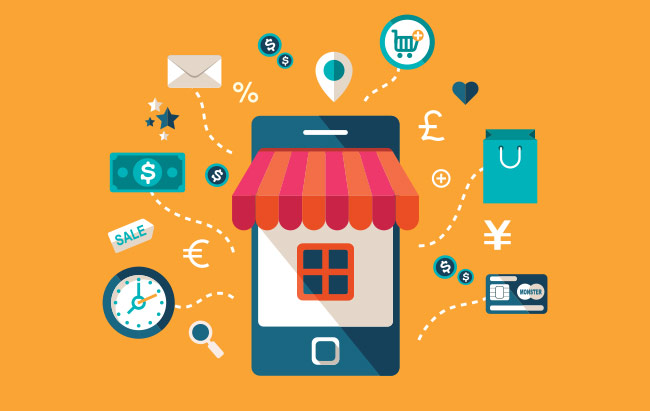AI & Advertising – Predictive Marketing
As a full-service advertising agency in Seattle, we work to stay on the cutting-edge of digital trends. We specialize in video production, organic and paid search services, media buying, and more. In this three-part blog series, we’ve been breaking down the intersections between Artificial Intelligence (AI), programmatic advertising, and social media. This final post explores predictive marketing.
There’s never been a better time to be a consumer. AI provides highly personalized messaging and service from brands, anticipates your needs, and makes the transaction process seamless. It’s no wonder that as consumers, we’re growing accustomed to an effortless buying experience. But what does AI mean for marketers? When it comes to predictive marketing, we’re just getting started!
Behavioral targeting once meant segmenting groups of consumers and sending brand messaging to each, regardless of their sensitivity to content volume. Over decades it began to leverage the flood of data gathered by leaders in e-commerce to provide more relevant promotions. Not too long ago, real-time bidding arrived on the scene, allowing custom messaging to be shared with consumers just when they needed it. Marketers gained the resources to review billions of consumer-brand interactions to identify trends and patterns in behavior.
![]()
Today, programmatic advertising, along with the ubiquity of AI-powered devices in our lives, enables unprecedented precision targeting that actually anticipates optimal times for brand messaging and interaction. AI’s ever-improving capabilities provide more data and ways to use that data than ever before – notably, predictive marketing.
At its core, AI gathers historical data and uses statistical analysis to learn from it. Now, with the right tools and human intuition, AI is capable of generating insights on consumer’s future behavior. It considers drivers of purchase behavior such as emotion, brand trust, culture, location of a user, content of a page, and other factors previously unaccounted for.
While programmatic did offer marketers the ability to bid for display ads with real-time bidding, with machine learning it can more accurately predict the potential of each ad opportunity to influence consumers, and it does so on a much larger scale. We’ve had segmenting, data, and targeting in the past, but it’s never been so granular that we can precisely predict the situation and timing that garner the desired behavior. Predictive marketing empowers marketers to correctly identify consumer’s needs before they even begin to search for it.
![]()
These developments emphasize the importance of using data to power marketing engines; how data is used will determine how effective programmatic will be. Marketers will need to diligently utilize predictive analytics and behavior analysis to identify what alternatives drive results, and select information to influence larger business decisions.
The technological capabilities already exist – improving future customer experience (CX) is simply a matter of utilizing them correctly. At Creative Media Alliance we stay on the cutting edge of marketing technology, consumer prospecting, predictive analytics, and more. Similar to artificial intelligence itself, our methodology continues to adapt, reiterate, and grow more sophisticated to improve marketing efficiency.
Wondering how else AI and advertising will work together in 2019? Don’t hesitate to contact our marketing agency with any questions you may have about digital trends or machine learning.
Are you leveraging AI for your brand or agency? What do you think about AI and brand safety? Share your thoughts and questions in the comments below!



